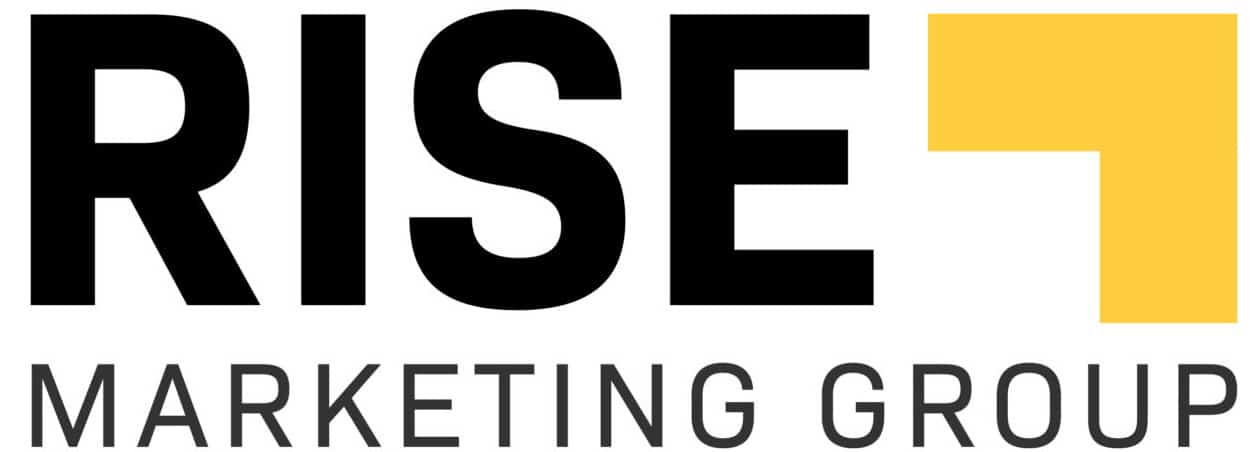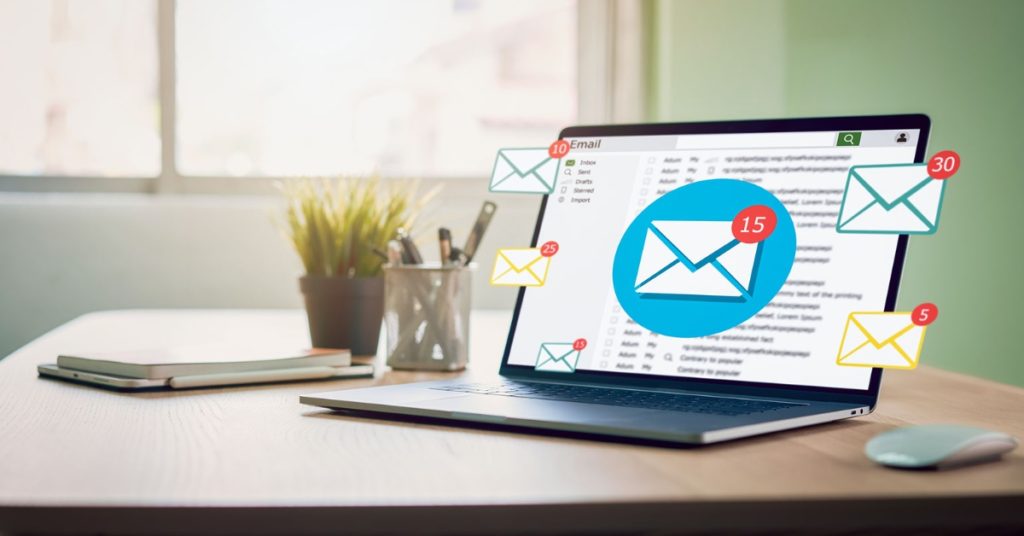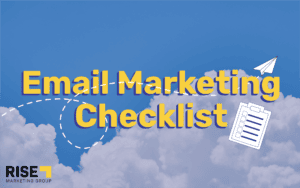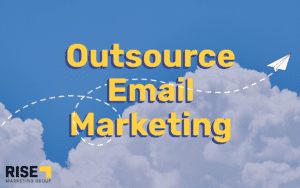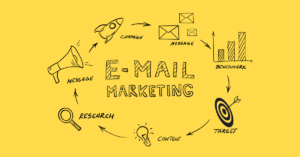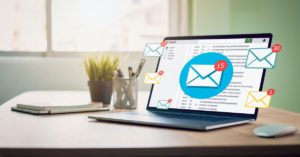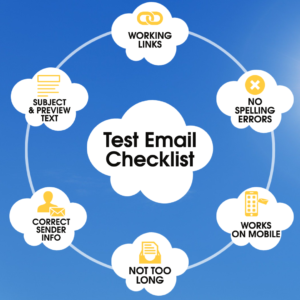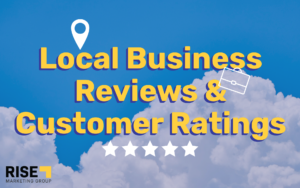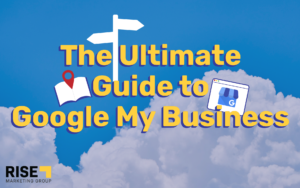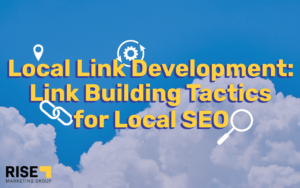Email Automation: How It Works & When to Use It
Email marketing is a powerful tool to communicate with your audience and maintain their engagement with your brand. Automation is a great way to send out timely emails to your customers and audience.
Email automation uses certain criteria to trigger emails to selected contacts. Often, email automation occurs in a sequence of numerous automated emails. When this happens, the emails will be sent to the selected contacts every few days, weeks, or months, depending on the parameters you preset.
What Are the Main Types of Email Automation?
The time to get into email marketing is now, with a reported 78% of marketers seeing an increase in email engagement in the past 12 months. To keep up with your audience, email automation can be used to automatically trigger emails to your contacts based on set parameters.
There are numerous ways that you can engage with your audience through automated emails. Each one has a specific target goal in mind. The main types of email automation for e-commerce are:
- Welcome Series: A welcome series is triggered when someone signs up for the newsletter on a business’ website. This sometimes offers a “welcome discount” and introduces the new audience members to your company’s products and/or services.
- Abandoned Cart: When a customer adds something to their cart on your site but doesn’t finish checking out, an abandoned cart email (or series of emails) will trigger to remind them to complete their purchase and ask if they have any questions.
- Repurchase: Repurchase campaigns remind customers who have purchased X number of times to consider purchasing again. This email is usually triggered after a set number of days/weeks/months that coincides with how long a product they bought can be used for.
- Customer Winback: Encourage formers customers to purchase again or engage with your brand again if they have not been active in a while.
- Follow-Up: After your customers have made a purchase, follow-up emails encourage them to provide feedback on their experience with your brand.
The more data you collect through building out a relationship with your audience using email marketing, the more in depth your automation campaigns can become. You can eventually segment out your audience further to ensure that automated emails are targeting the right contacts in your list.
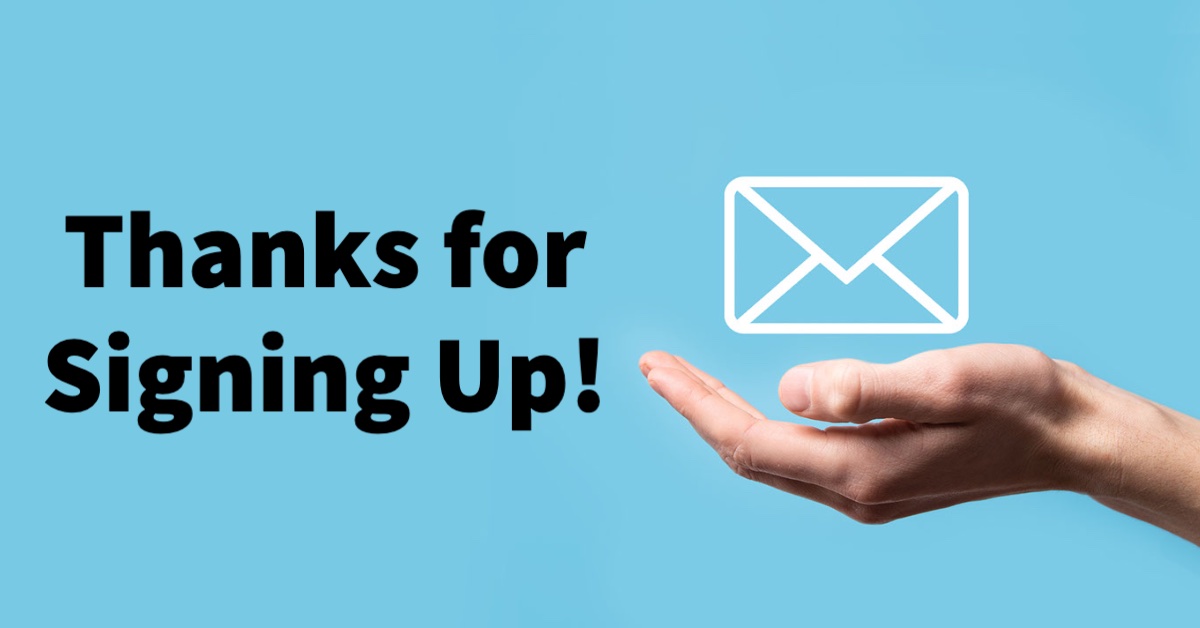
Welcome Series
A welcome series should be the first email automation that you create. It provides your new contacts with a first impression of your brand after signing up for your emails. Here are a few things to include in your welcome series:
- Thank your new contacts for signing up for your emails.
- Introduce them to your products/services
- Explain a little bit about your brand (i.e. values, mission, who runs the company, etc.)
- A welcome discount
Abandoned Cart
Abandoned cart emails remind customers to complete checkout on items they left in their cart on your company’s website. Adding automated abandoned cart emails can save you from losing out on purchases. They also build a level of trust that strengthens the relationship between your brand and your customers.
The abandoned cart rate for E-commerce brands is as high as 81.08%. Abandoned cart emails help you recover potentially lost customers and gather more data on your customers’ shopping behaviors.
When creating abandoned cart emails, ask yourself the following questions:
- What made the customer abandon the purchase (i.e. cost, shipping, etc.)?
- Does the customer have any questions?
Repurchase Campaigns
Repurchase campaigns encourage customers who previously bought at least one of your products or services to consider buying it again.
The frequency of these emails depends upon how long your typical product/service lasts. For example, think of a bottle of moisturizer that should be applied twice a day and lasts around 30 days of use. Now, think of the amount of time it usually takes to ship a bottle of moisturizer to your customer. You can set up an automated repurchase email to remind them to get a refill on their moisturizer just as they are about to run out.
Customer Winback
Do you have contacts in your email list that have not been active lately? Maybe, you have customers that have not purchased in a while.
Customer winback campaigns encourage former customers to come back and purchase what your company has to offer. Unlike usual emails advertising your products, you can include targeted copy about how your products have changed over time or how your business is improving as a whole to encourage them to give your brand a second chance.
Automated customer winback emails can be triggered by a certain number of weeks or months without any activity from that customer. If your products or services are something that lasts a long time (at least 30 days), it’s better to wait a few months before sending out an email. Find out what length of time works for your specific business or try out a few different methods and see which one performs best.
Follow-Up
Follow up emails show customers that you still care about them even after purchase. It is a great time to ask for reviews or feedback from your customers. Also, if your product requires specific instructions, follow-up emails are perfect for providing extra information to your customers to help them enjoy the product in the best way possible.
How Often Should Emails Be Triggered?
There is no specific time that you should set email automation to be triggered. It all depends on the type of business you have, the services you offer, and the behavior of your customers or target audience.
However, there are some suggestions you can follow to get started:
- Welcome Series: Send the first email immediately after they sign up for your email list.
- Abandoned Cart: Send the first email within a few hours of abandoning cart.
- Repurchase: When does your product/service expire? When would they need more?
- Customer Winback: How long has your customer been inactive? Consider sometime between 3-6 months. If they are still unresponsive after your campaign, consider triggering another after 12 months of inactivity.
- Follow-Up: Calculate how long it takes to ship your product. Follow up within a few days after the estimated delivery date.
The frequency in which you send out non-automated email campaigns can also impact when automated emails should be triggered. If you only send one email campaign per month, sending automated emails that trigger one after another only one day apart may be more aggressive than what your audience is used to from you.
Segment-Triggered Automation
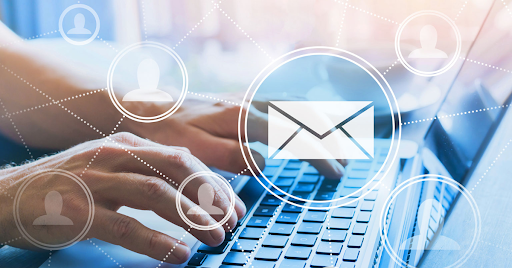
If you have a large audience, not every email pertains to every customer. The same goes for having a lot of products or services. Not every customer is interested in the same products or services that you have to offer.
You can build out different automation sequences based on the behaviors of your target audiences. To do this, you organize your contacts into different segments based on different criteria such as their buying behavior, where they are from, how old they are, and more.
MailChimp has great ways of organizing audiences into different segments. You can segment audiences out based on a single condition or multiple conditions. Any of your contacts that fit your set criteria will be added to that list. You can then create campaigns to send only to that list within your total contact list.
How to Get Started
Getting started with email automation is simple. The more organized you have it when you first begin, the more you can build it out over time. It’s best to start with a welcome series and an abandoned cart campaign to get your foot in the door with email automation.
Read more of our email marketing services and contact us today.
